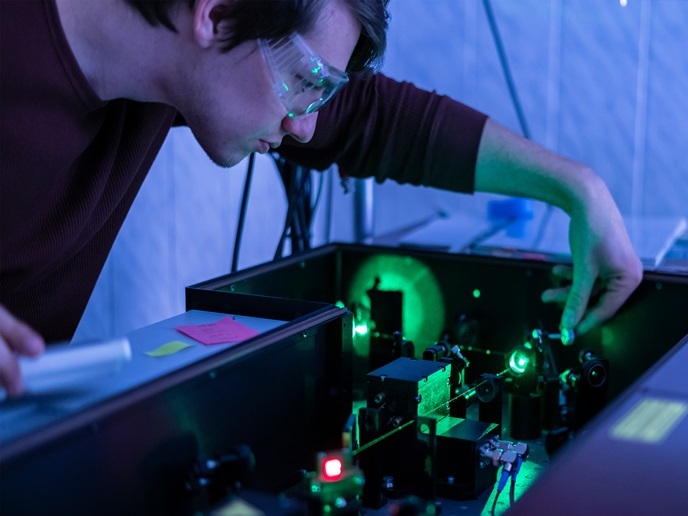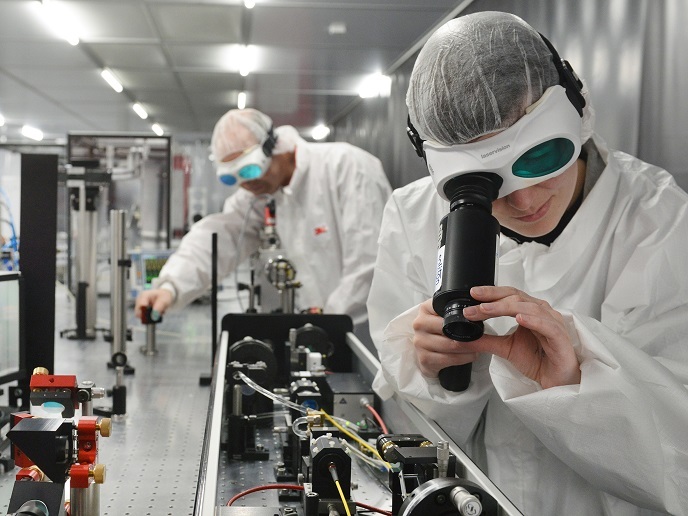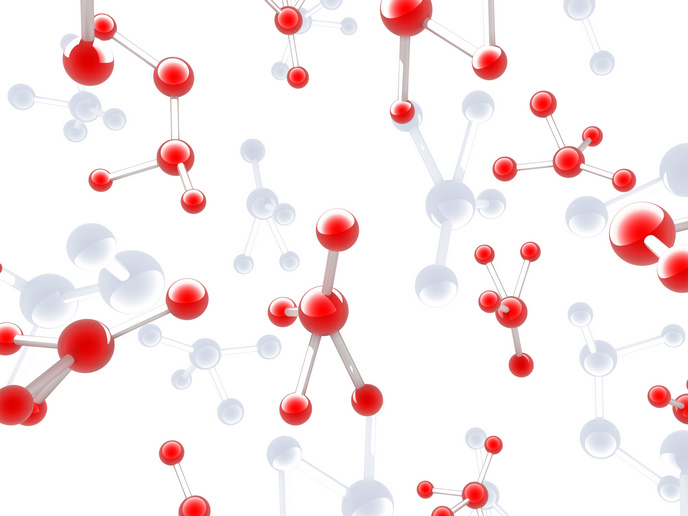Scientific exchanges strengthen nanotech laser model
In nature, nanoscale structures on the surface of materials give rise to properties such as the vibrant colours of butterfly wings and the hydrophobic qualities of a lotus leaf. In the lab, scientists can replicate this process using bursts of intense laser light, offering novel materials with desirable properties. “Short pulse laser technology could provide solutions for many industrial applications,” explains ATLANTIC project coordinator Tzveta Apostolova from the New Bulgarian University. “These include microprocessing of biopolymers and metal alloys for medical stent fabrication, removing thin layers from solar cells, drilling micro vias on printed circuit boards, as well as forming nanostructures used for memory storage in electronic components, bone implants.” The nanostructures themselves find use in bone and dental implants, in particle acceleration, and for memory storage in electronic components.
Understanding effects of laser light at nanoscale
The ATLANTIC project, which was supported by the Marie Skłodowska-Curie Actions programme, sought to strengthen Bulgarian and, more broadly, European excellence in this field, primarily through creating a worldwide network of scientists and fostering academic exchanges. Countries involved in the project included Argentina, Japan and Uzbekistan, along with several EU Member States. As part of the project, some 40 established and early-stage researchers travelled and worked in different institutions for a few months. This enabled them to experience different cultural environments and to share ideas. A key aim was to develop and train researchers in new quantum simulation techniques, which can better predict the effects of laser light at the nanoscale on material. “We really wanted to advance these techniques and bring them beyond the state of the art,” says Apostolova. “Ultimately, the aim is to introduce the predictive power of these theoretical quantum techniques into models used potentially by companies and laser engineering groups.”
Bringing global scientific communities together
The project’s collaborative work has resulted in a number of published papers, which have helped to advance scientific understanding of how materials respond to laser irradiation. This could open the door to potential new industrial applications in fields such as laser physics, chemistry, biology and pharmaceuticals. For Apostolova, a major benefit of the project has been the research exchanges. “These have demonstrated the importance of communication between scientific communities, particularly in times of profound geopolitical troubles,” she adds. “Interdisciplinarity has been at the core of this project, and we were able to bring together experts in material physics, quantum chemistry, materials engineering and laser-materials processing.” For many early-stage researchers, the secondments were their first scientific experiences outside their home countries. “These have been foundational experiences,” notes Apostolova. “We hope these exchanges will act as catalysts for future initiatives in the spirit of the ATLANTIC project.” Future initiatives might include further advancing the theoretical modelling of laser-matter interactions, and better understanding nanoscale phenomena that so far remained unexplained.
Experimental and simulation facilities in Bulgaria
The objective now for the New Bulgarian University is to build upon this work, by continuing to collaborate with scientific communities across Europe. “It would be fantastic if this could lead to small-scale laboratories being established in Bulgaria,” says Apostolova. “This would enable young researchers to conduct cutting-edge laser-matter interaction experiments and modelling right here. Our young researchers are bright and ambitious, and projects like ATLANTIC are really important.” This could strengthen the country’s research competences in a potentially lucrative field. The global laser technology industry was recently valued at EUR 20 billion and is expected to be worth EUR 33.1 billion by the end of 2034.
Keywords
ATLANTIC, nanotech, laser, Bulgaria, nanoscale, implants, electronic







